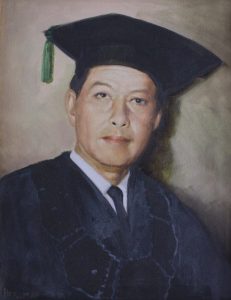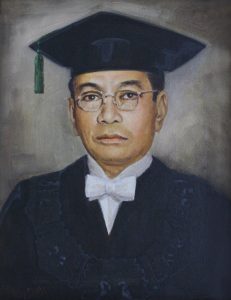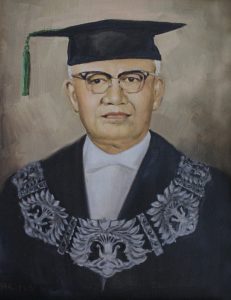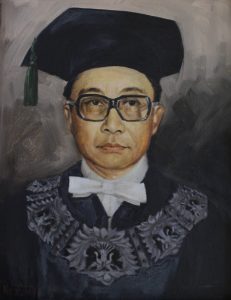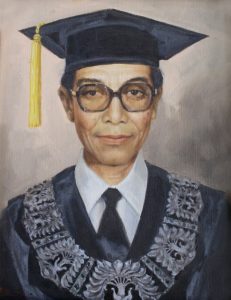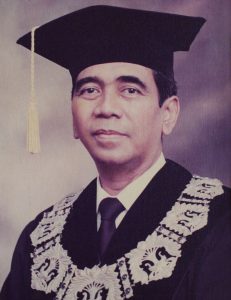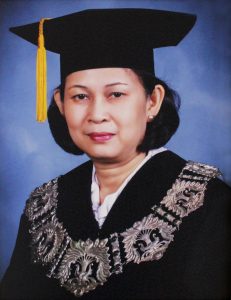- Profil
- Departemen & Staf
- Pre Klinik
- Klinik
- Anestesiologi dan Intensive Care
- Dermatologi dan Venereologi
- Gigi dan Mulut
- Ilmu Bedah
- Ilmu Bedah Saraf
- Ilmu Gizi
- Ilmu Kesehatan Jiwa
- Ilmu Kedokteran Forensik dan Medikolegal
- Ilmu Kesehatan Anak
- Ilmu Kesehatan Mata
- Telinga Hidung Tenggorok (THT) KL
- Ilmu Penyakit Dalam
- Kardiologi dan Kedokteran Vaskular
- Mikrobiologi
- Neurologi
- Obstetri dan Ginekologi
- Orthopaedi dan Traumatologi
- Patologi Klinik
- Pulmonologi dan Kedokteran Respirasi
- Radiologi
- Urologi
- Profil Guru Besar
- Profil Staf
- Pendidikan
- Riset & Publikasi
- Ventura & Kerja Sama
- Kuliah di FKUI


 The history of Faculty of Medicine Universitas Indonesia is close to the general history of medical education in Indonesia as it was started during the Dutch colonization. Medical education in Indonesia was established on 2 January 1849 through the issuance of Keputusan Gubernemen No. 22. This was the starting point of medical education in Indonesia (Nederlandsch Indie) which was conducted in the Military Hospital.
The history of Faculty of Medicine Universitas Indonesia is close to the general history of medical education in Indonesia as it was started during the Dutch colonization. Medical education in Indonesia was established on 2 January 1849 through the issuance of Keputusan Gubernemen No. 22. This was the starting point of medical education in Indonesia (Nederlandsch Indie) which was conducted in the Military Hospital. The spirit of medical intellectual was incited when on 9 August 1927 the medical education was official to be higher education institution with the name of Geneeskundige Hooge School (GHS). The interesting point was that up to year 1927, the prerequisite to enroll to the medical school is an elementary school graduate. After the establishment of GHS, the prerequisite was changed to be high school graduates (Algemene Middelbare School or AMS and Hogere Burger School or HBS).
The spirit of medical intellectual was incited when on 9 August 1927 the medical education was official to be higher education institution with the name of Geneeskundige Hooge School (GHS). The interesting point was that up to year 1927, the prerequisite to enroll to the medical school is an elementary school graduate. After the establishment of GHS, the prerequisite was changed to be high school graduates (Algemene Middelbare School or AMS and Hogere Burger School or HBS).